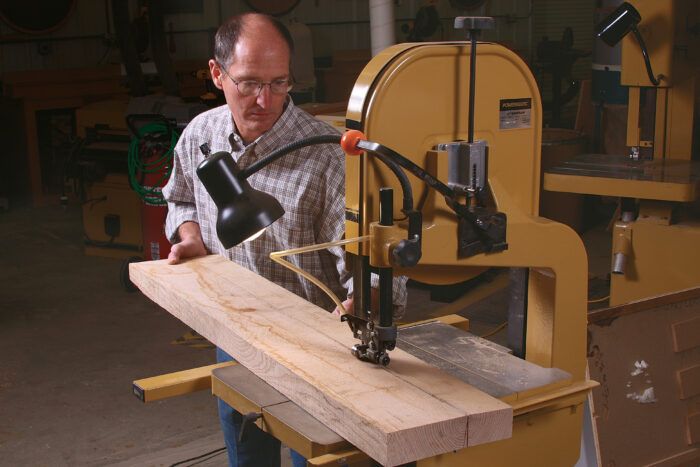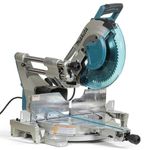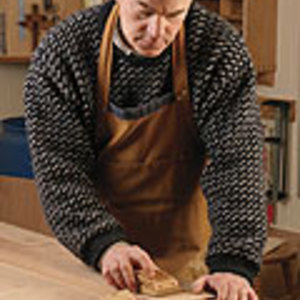What Size Bandsaw?
How to figure out which is the Goldilocks size for you

A table saw is the first stationary power tool that many woodworkers buy, but a bandsaw is usually not far behind. In some woodshops, where handling large pieces of plywood is not part of the usual repertoire, a bandsaw may actually be the first choice. And for hand-tool woodworkers, it may be the only choice.
To understand how a bandsaw fits into your shop, it’s important to understand a bandsaw’s capabilities. Sure, it excels at cutting curves and resawing thick planks into thinner ones, but they also can be used for accurate straight-line ripping and even joinery—all with an incredible level of safety for a stationary power tool.

The stats to weigh against your needs are rip and resaw capacities, table size, maximum and minimum blade widths, and the motor’s horsepower. Luckily, these stats mostly correspond to one number: a bandsaw’s size—specifically the diameter of its wheel. So when you’re shopping for a bandsaw, start with that number before getting choosy about variations among available models.
Sorting out sizes
14-in. is great for most
In many woodshops, the 14-in. bandsaw makes the most sense. It has enough power and resaw capacity for most purposes but is still affordable. A number of manufacturers make these, and thanks to their popularity over the decades they often come up on the used market. More recent models often have plenty of upgrades, like up to twice the resaw capacity of older 14-in. bandsaws and, crucially, the horsepower to suit. Most run on 110 V too, a great convenience.

But don’t scoff at an old Delta at a good price. The model’s a classic that went largely unchanged for decades since its inception in the 1930s. A used one will serve you well if you’re looking for savings, and you can always add upgrades as funds free up.
Benchtop bandsaws for detail work

Small saws—9-in. to 10-in. models that sit on an open frame or simply on a benchtop—are the lightest and most economical, but they also are limited in what they can do. Motors are typically rated at about 1/2 hp or less, and the saws have small tables and small cutting capacity. The size and power of these machines make them best suited for modelmaking, fine scrollwork, and other applications where the stock will be relatively thin. They’re not designed to handle thick planks of hardwood.
That doesn’t mean you’re out of luck if you’re limited on space or budget though. At the time of this writing, mid-2023, Rikon’s 10-306 is a solid small option with few compromises.
Bigger is bigger

Where more capacity or power is needed, a logical next step is an 18-in. bandsaw. Motor size is typically in the 2-hp to 3-hp range, and resaw capacities are substantially greater, even up to 17-1/4 in. These saws have fully enclosed bases, larger work tables, and very rigid frames to handle wide resaw blades. Most run on 220-volt or 230-volt power. Prices are proportionally greater, too.
There are also much larger bandsaws on the market, going all the way up to models like the Powermatic WBS36, a 36-in. model that comes with a 7-1/2-hp motor and 18-in. resaw capacity. The size, weight, and cost of these machines usually limit them to big production shops and industrial settings.
Beyond size matters
It should go without saying that bandsaw’s wheel diameter—or its related stats—alone won’t deliver worthwhile results. Keep clicking through to find out how to squeeze the most out of your bandsaw, from blade selection to tuning up to and guide assemblies.

Fine Woodworking Recommended Products

Starrett 12-in. combination square

Veritas Precision Square

Makita LS1219L Miter Saw








Log in or create an account to post a comment.
Sign up Log in